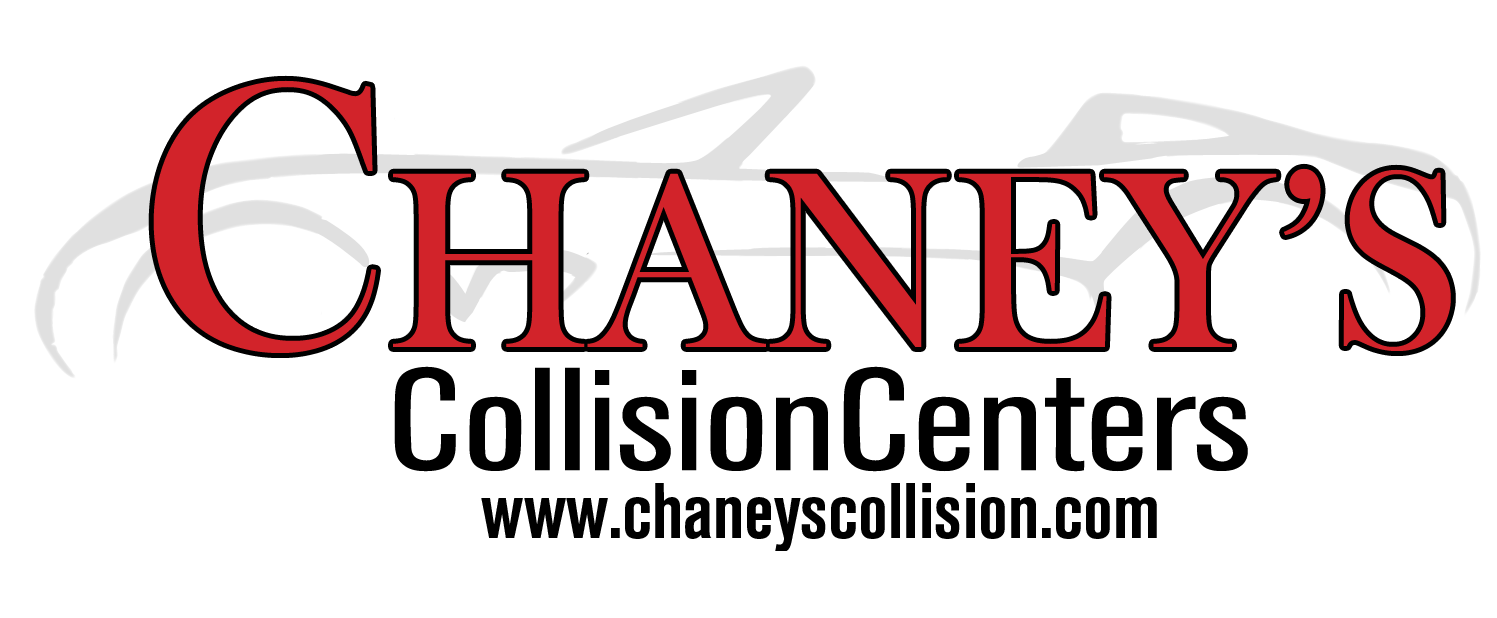How Insurance Adjustors Evaluate Frame Damage
 When a vehicle sustains damage in a collision, the integrity of its frame is crucial for safety, performance, and repair cost assessments. At Chaney’s Collision Centers, we know that understanding how insurance adjustors evaluate frame damage can help you navigate the claims process more effectively and ensure a fair outcome. This article dives into the key steps and factors adjustors consider when inspecting a car’s frame after an accident.
When a vehicle sustains damage in a collision, the integrity of its frame is crucial for safety, performance, and repair cost assessments. At Chaney’s Collision Centers, we know that understanding how insurance adjustors evaluate frame damage can help you navigate the claims process more effectively and ensure a fair outcome. This article dives into the key steps and factors adjustors consider when inspecting a car’s frame after an accident.
The Importance of Frame Inspection
The frame or chassis is the backbone of your vehicle. It supports the body, engine, and suspension. Damage to the frame can compromise safety and driving stability, making accurate evaluation essential for repair decisions. Insurance adjustors must determine whether a car can be safely repaired or if it should be deemed a total loss based on frame condition.
Initial Visual Inspection
Adjustors start with a comprehensive walk-around, visually inspecting the vehicle’s exterior for signs of structural impact. Common indicators include:
- Visible bends, cracks, or twists in frame rails or other structural components
- Misaligned doors, panels, or gaps, suggesting the frame might be warped
- Uneven tire wear or suspension damage potentially caused by frame issues
- Damage to key areas like the unibody, front/rear rails, or rocker panels
This step helps them gauge whether frame damage exists and how severe it might be.
Detailed Structural Assessment
Following the initial scan, adjustors perform a more detailed evaluation, sometimes with the help of qualified technicians or collision specialists. They may check:
- Vehicle measurement readings: Comparing distances between specific reference points on the frame using computerized measuring equipment to identify deviations beyond factory specifications.
- Underbody and chassis condition: Looking underneath for hidden cracks, rust compromised by impact, or bent sections.
- Suspension and steering geometry: Damage often accompanies frame issues and can reveal hidden structural faults.
Precise measurements and inspections provide objective data on frame integrity.
Distinguishing Pre-Existing Damage
Insurance inspectors are trained to differentiate new frame damage from older or unrelated issues. They look for clues such as paint overspray, rust, or prior weld marks that indicate previous repairs or wear. This ensures that the claim only covers damage from the current accident, protecting both the policyholder and insurer from unwarranted charges.
Use of Diagnostic Technology
Modern adjustors incorporate advanced diagnostic tools like:
- 3D laser measuring systems to map frame geometry with high accuracy
- Imaging and scanning equipment to detect damage beneath the surface that’s not visible to the naked eye
These technologies increase reliability and support precise repair estimates.
Evaluating Repair Feasibility and Costs
If frame damage is confirmed, the adjustor assesses repair feasibility and estimates costs by:
- Consulting with collision repair experts about the necessary work, such as straightening, reinforcement, or section replacements
- Factoring in the labor, parts, and equipment required for structural repair
- Considering the vehicle’s age, condition, and market value to decide if repair is economically viable or if the vehicle is a total loss
This evaluation determines the claim settlement direction.
Documentation and Reporting
Thorough documentation is critical. The adjustor compiles:
- Detailed notes on findings and measurements
- Photographic evidence covering all areas of frame damage
- Estimates from certified repair facilities outlining repair scope and costs
This paperwork forms the basis for insurance claim decisions and helps prevent disputes.
The Role of Chaney’s Collision Centers
At Chaney’s Collision Centers, our experienced team works closely with insurance adjustors, providing accurate assessments and detailed repair proposals. Our state-of-the-art frame measurement and repair systems ensure safe, high-quality restorations that protect your investment and safety.
Conclusion
Insurance adjustors evaluate frame damage through a multi-step process combining visual inspection, precise measurements, technological aids, and collaboration with collision repair experts. Understanding this evaluation helps you be an informed participant in your insurance claim, ensuring that your vehicle receives proper repairs or a fair settlement. For expert frame damage repair and professional advocacy, trust Chaney’s Collision Centers to stand by your side every step of the way.

